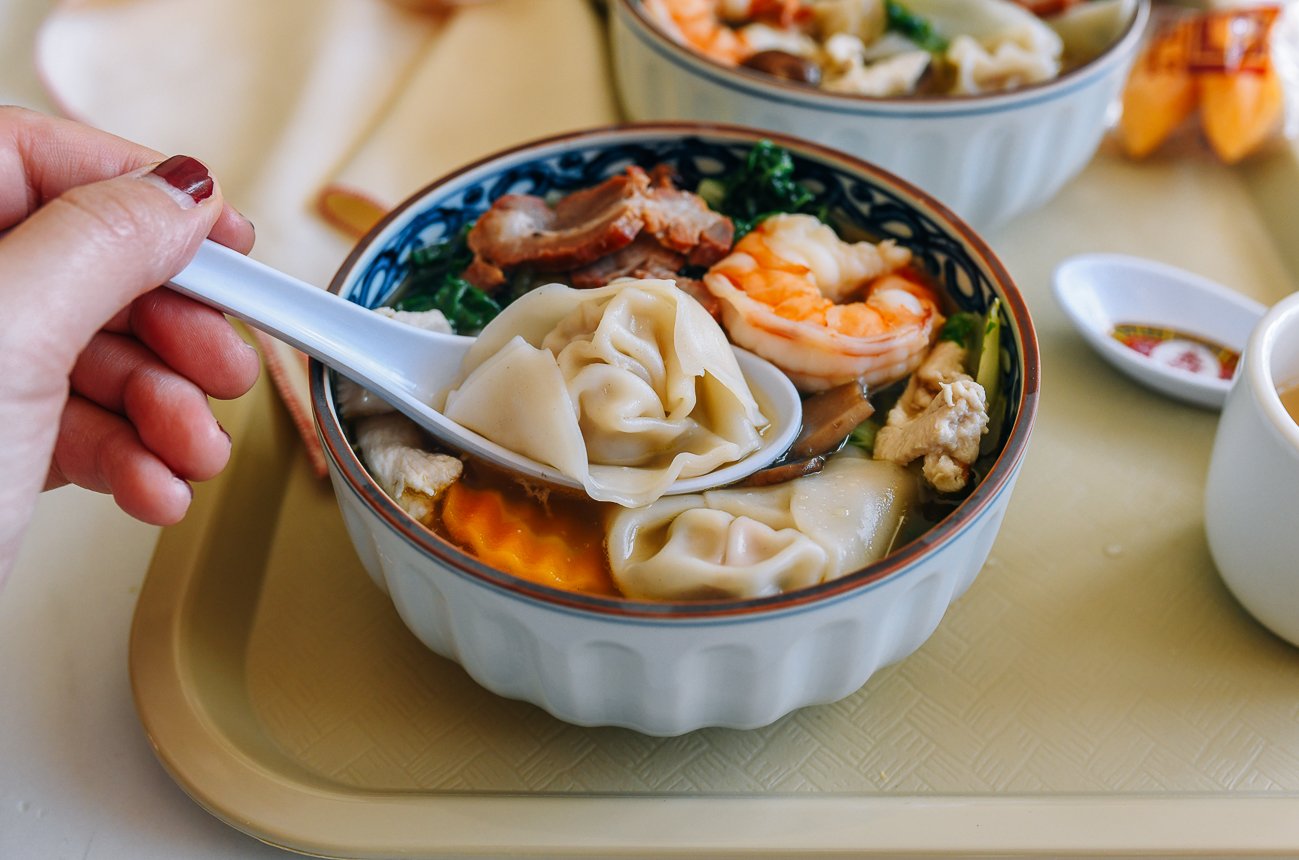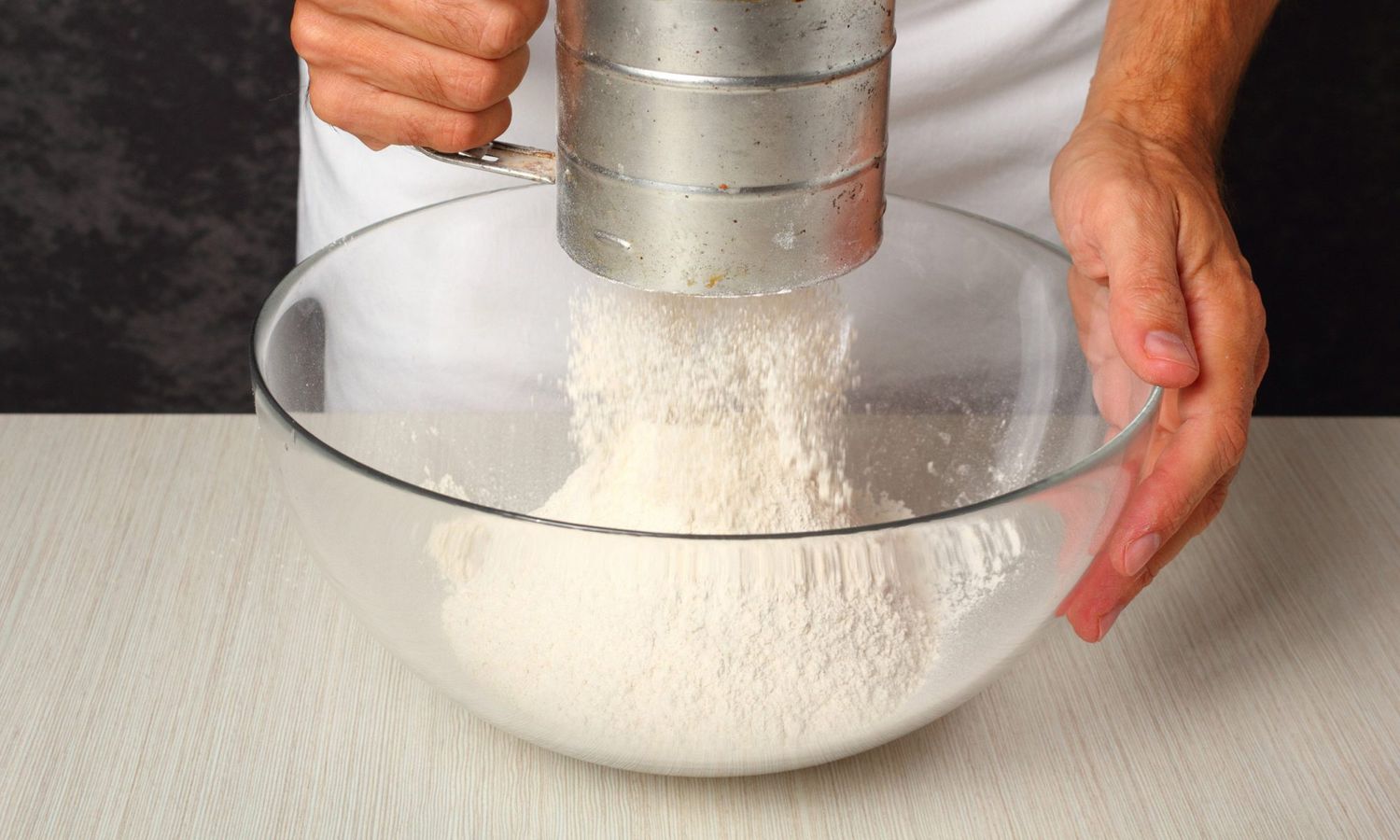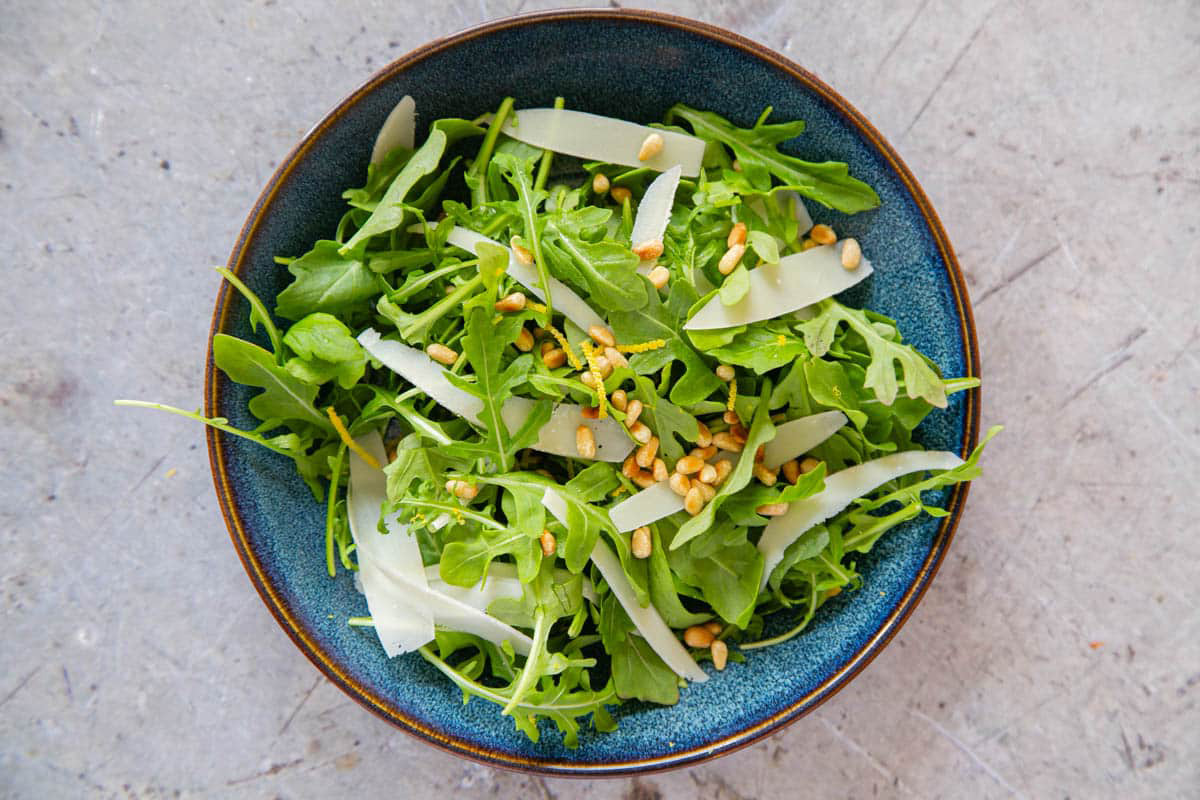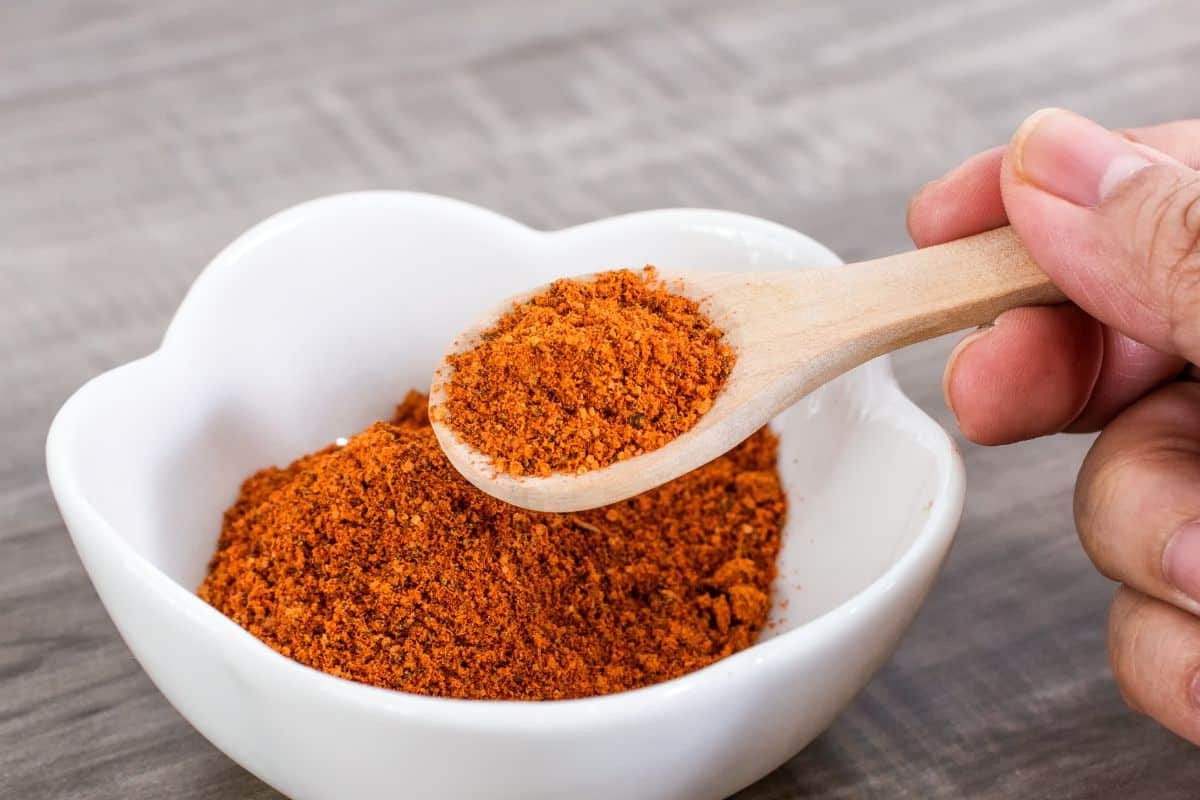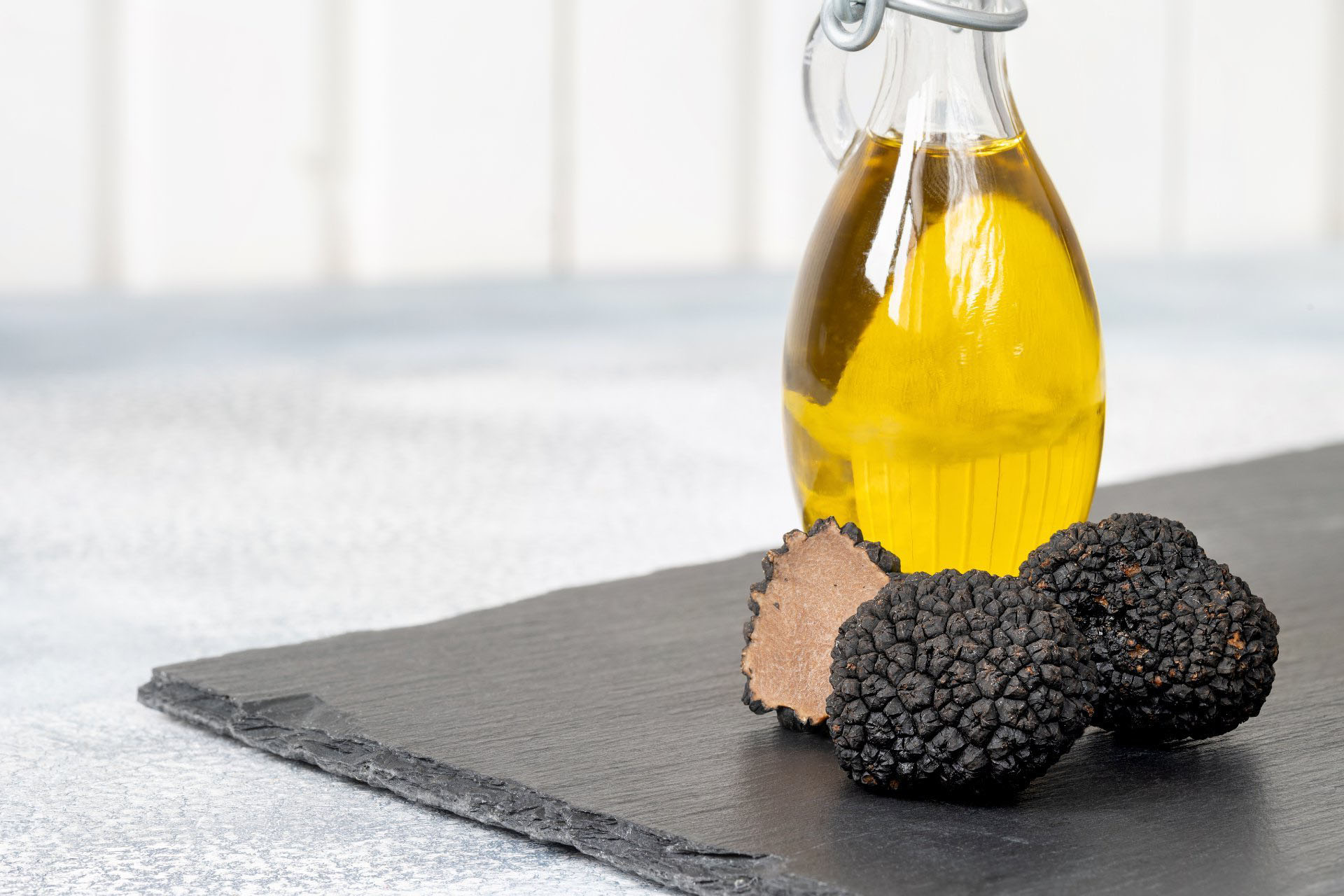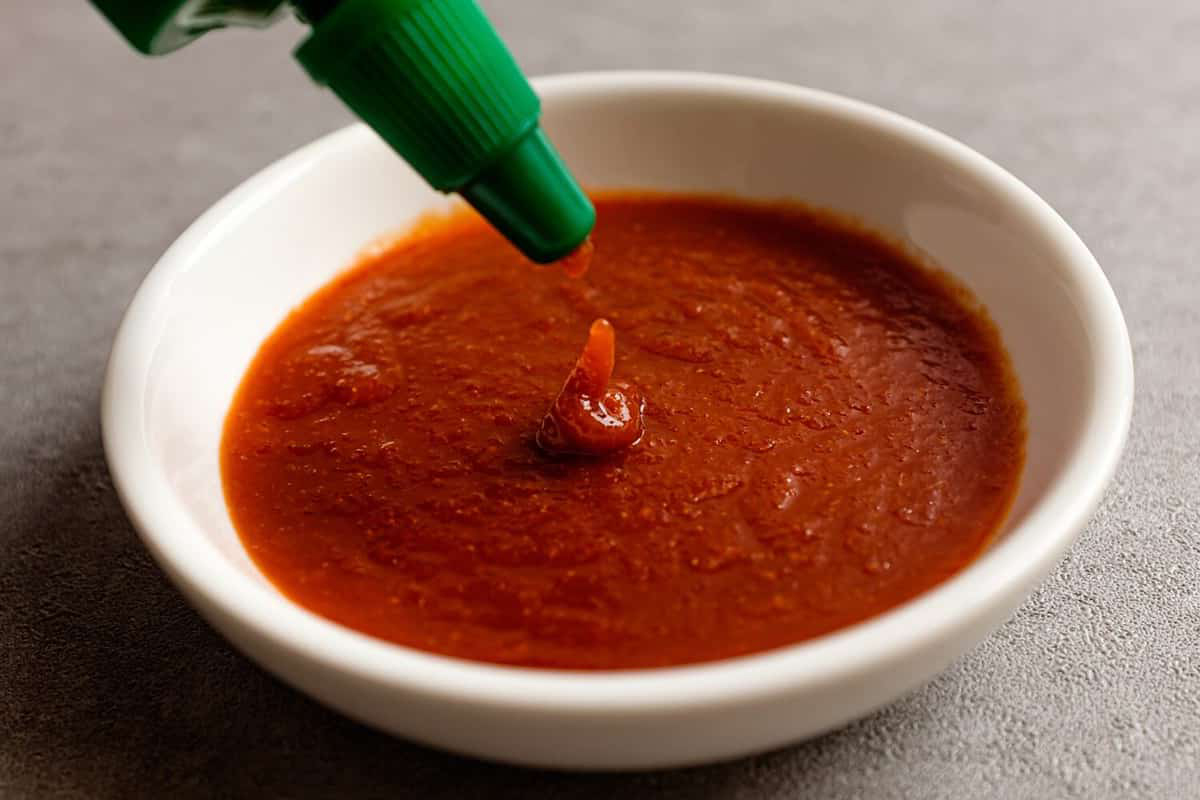What Is the Umami Taste?
If you've ever savored a rich, savory dish and found yourself unable to pinpoint the exact flavor that made it so delicious, you may have experienced the elusive taste sensation known as umami. In this article, we'll explore the concept of umami, its origins, and how it adds depth and complexity to the foods we love.
Understanding Umami
Umami is a Japanese word that translates to "pleasant savory taste" and is often described as the fifth taste, alongside sweet, sour, salty, and bitter. It is characterized by a rich, savory, and mouthwatering sensation that lingers on the palate. Umami is commonly found in foods such as tomatoes, mushrooms, aged cheeses, and soy sauce, as well as in certain meats and seafood.
The Science Behind Umami
The discovery of umami can be attributed to Japanese chemist Kikunae Ikeda, who identified the unique taste in 1908. He found that the savory flavor present in dashi, a traditional Japanese broth made from seaweed and bonito flakes, was due to the presence of glutamate, an amino acid. Glutamate, along with its close cousin inosinate (found in meat and fish) and guanylate (found in mushrooms), are the primary compounds responsible for creating the sensation of umami.
When these compounds interact with taste receptors on the tongue, they trigger a pleasurable and distinct taste that enhances the overall flavor of a dish. In fact, umami has been found to stimulate the same receptors in the brain as those activated by addictive substances, which may explain why we find umami-rich foods so irresistible.
Umami in Culinary Delights
The presence of umami in foods is not limited to traditional Japanese cuisine. It is a fundamental component of many beloved dishes from around the world. For example, the use of Parmesan cheese in Italian pasta dishes, the addition of soy sauce in Chinese stir-fries, and the incorporation of mushrooms in French sauces all contribute to the umami flavor profile of these culinary creations.
Chefs and food enthusiasts often seek to enhance the umami taste in their dishes by using ingredients such as miso paste, fish sauce, and dried mushrooms. These umami-rich ingredients can elevate the overall flavor of a dish, adding depth and complexity that tantalizes the taste buds.
Embracing Umami in Everyday Cooking
Incorporating umami into your home cooking can be a delightful way to elevate the flavors of your favorite recipes. Consider experimenting with ingredients like sun-dried tomatoes, anchovies, and Worcestershire sauce to add a savory punch to your dishes. Additionally, slow-cooking and aging processes can intensify the umami taste in foods, making braised meats and aged cheeses prime examples of umami-rich delights.
In summary, umami is a captivating taste sensation that adds depth and richness to the foods we enjoy. Understanding the science behind umami and embracing its presence in culinary creations can lead to a newfound appreciation for the intricate flavors that tantalize our taste buds. So, the next time you savor a deliciously savory dish, take a moment to appreciate the umami taste that makes it truly exceptional.
Was this page helpful?
Read Next: What Is A Caraway Seed Substitute
